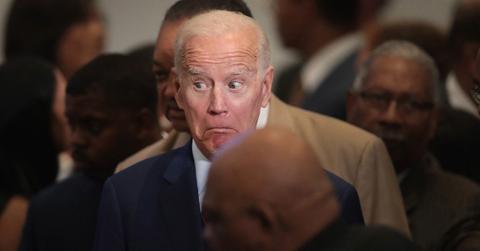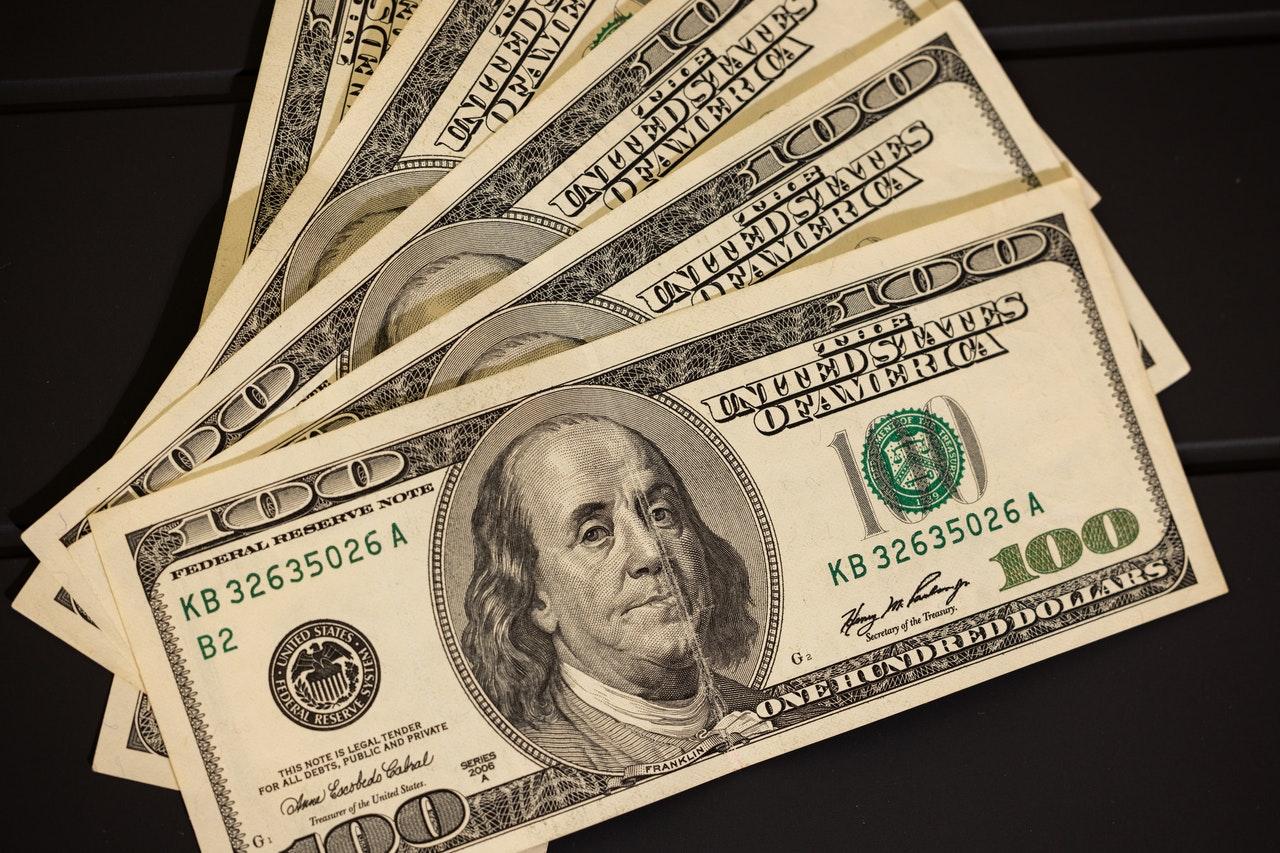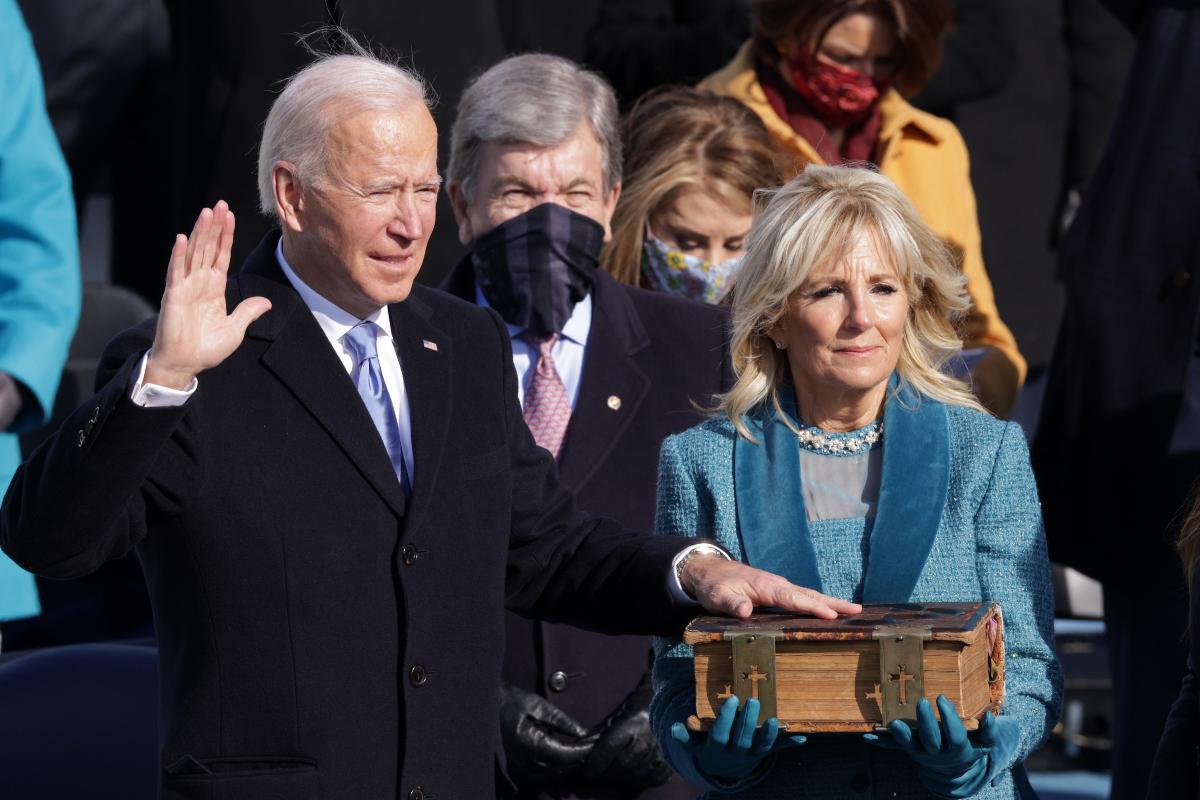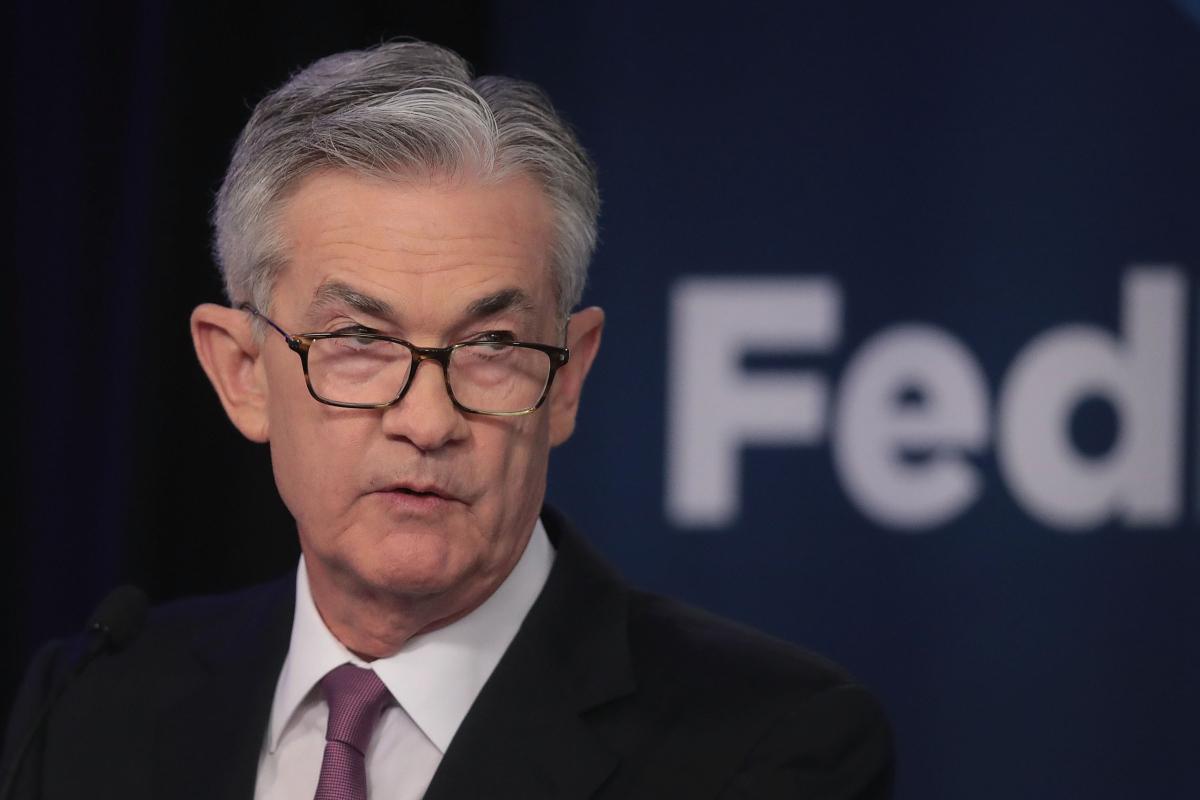Who's to Blame for High Inflation? Biden Says It Will 'Taper' in 2022
U.S. inflation has hit another multi-decade high. From Biden's policy to the Fed's easing, multiple factors are leading to higher prices in 2022. Is Biden to blame for inflation?
Feb. 11 2022, Published 9:21 a.m. ET
The U.S. inflation reading for January hit yet another multi-decade high of 7.5 percent, which was higher than what economists were expecting. The U.S. 10-year yield surpassed 2 percent after the red-hot inflation reading while stocks, especially the tech names sold off. Is President Biden responsible for inflation?
While some economists blame the Fed for the price rise, others see it as a global phenomenon. Republicans blame President Joe Biden’s policies for higher prices—a view shared by many Americans. Democrats on the other hand say that the global supply chain issues are causing inflation. Inflation has impacted the monthly budgets of low-income and middle-income households across the country. Who's to blame for the multi-decade high inflation in 2022?
Inflation is rising globally.
First, inflation is a global phenomenon and prices are going up around the world. Developed economies and emerging economies are battling higher prices.
U.S. inflation is among the highest in the world.
Biden supporters are right in saying that inflation is going up globally. However, the fact remains that U.S. inflation is among the highest in the world. While it's also attributable to how different countries calculate inflation, undeniably the price rise in the U.S. is much higher than most other countries.
What’s causing inflation in the U.S.?
The global supply chain has been wrecked by the COVID-19 pandemic. While demand bounced back across the world, factories weren't able to produce as many goods. There were clogged ports and driver shortages, which meant that goods took longer to reach the buyers.
Since the U.S. is the biggest importer of several goods, it was arguably among the worst affected by the global supply chain issues. The pandemic also exposed the country’s reliance on China and Taiwan for semiconductors, which are extremely critical for the automotive industry.
High energy prices have also been contributing to inflation. Apart from directly adding to the headline CPI numbers, high fuel prices have led to an increase in logistics costs for companies, which eventually gets passed on to the end consumers.
The labor shortage and wage hikes are adding to inflation.
The labor shortage situation in the U.S. not only had a negative impact on the supplies of several goods but also fuelled an increase in wages because workers were in a much better position to negotiate. While a wage hike is welcome, it also added to inflation by increasing the costs for U.S. companies.
Companies are profiteering from high inflation.
The Biden administration’s claim that some companies are profiteering from rising prices also has some substance. For example, leading food processing companies in the U.S have reported stellar profit growth, which has surpassed their revenue growth. Companies are raising prices much more than their cost inflation.
Asset inflation, where the prices of almost all of the assets ranging from stocks, commodities, homes, and cryptos have risen over the last two years, which is also fuelling inflation.
Are Biden’s policies to blame for high inflation?
At least a few of Biden’s policies are to blame for high inflation in the U.S. First, the expansive fiscal policy and the multiple stimulus measures were inflationary in nature. But then, these were also necessary to support the economic recovery in the U.S.
The Biden administration’s energy policy and the green energy pivot have also been blamed for the increase in energy prices. The administration tightened the rules for energy exploration and also canceled the Keystone XL pipeline. Critics argue that while Biden canceled the project, which would have helped U.S. energy security, he gave tacit approval to the Nord Stream Pipeline.
The administration also couldn't move forward on the Iran nuclear deal, which would have paved the way for Iran’s energy exports and helped bring down prices. To make things worse, Biden doesn't have the same rapport with the Middle East as former President Trump had. Biden’s calls to oil producers in the region to increase production didn't find much support.
What measures did Biden take to lower inflation?
The Biden administration took several measures to bring down prices. To cajole oil-producing nations to increase production, the U.S. released some oil from the strategic reserve, in what was a synchronized action with other major oil-importing countries like India and South Korea.
The administration also worked to decongest the ports in a bid to ease the supply chain woes. The administration took measures to increase competition in the U.S. meat processing industry. Biden started reversing the steel tariffs that Trump had imposed. U.S. steel prices came down sharply from the all-time highs, partially due to Biden’s measures.
The U.S. worked closely with Taiwan to ensure that there are more chips for U.S. companies. While these measures helped somewhat, they clearly weren't enough.
Biden misread inflation.
In December 2021, Biden famously or infamously said that inflation has “peaked” in the U.S. That wasn’t the case and prices have since continued to rise. Now, Biden has said that inflation will “taper” down. But then Biden isn't alone in misreading inflation and using the “T” word to calm nerves. For most of 2021, the Federal Reserve was also using the “T” word, albeit differently.
Inflation wasn’t transitory after all.
For months, the U.S. Federal Reserve told us that inflation was “transitory,” an expression that was controversial at the onset. The Fed kept expanding its balance sheet and continued its monthly bond-buying program before Fed Chair Jerome Powell realized in November 2021 that inflation isn't transitory. According to CNBC, inflation data is a "punch in the stomach" for the Fed.
The Fed announced tapering in November and doubled down on the pace the next month. Now, its widely believed that the Fed will raise the rates at its March meeting. As reported by CNN, the Fed might have to consider half-point rate hikes, which it hasn't done since 2000.
How did the Fed’s easing add to inflation?
Apart from fuelling an asset bubble, the Fed’s accommodative monetary policy also added to inflation by spurring demand. Many economists think that the Fed was behind the curve and waited too long to reverse the unprecedented steps that it announced in March 2020.
Who’s really to blame for U.S. inflation?
Multiple factors are to blame for multi-decade high inflation in the U.S. The Fed and the Biden administration’s misreading of inflation, global supply chain woes, the country's massive import dependence, the COVID-19 pandemic, and geopolitical factors all contributed to high inflation.
The hoarding behavior among U.S. consumers also impacted inflation. Companies profiteered from rising prices. More importantly, the COVID-19 pandemic exposed the extreme reliance of the U.S. economy on imports. The U.S. was among the worst affected by global supply chain issues.
When will inflation come down?
The omicron variant of the COVID-19 virus has subsided in the U.S. and the labor supply is gradually improving led by the higher labor force participation rate. Supplies of goods, both domestically as well as internationally, should also improve in 2022. The demand is expected to come down as the economic activity comes down. The Fed’s tightening will also help tame inflation.
The Biden administration has also rolled back its stimulus measures. There's the overhang of the BBB (Build Back Better) plan, which would also be inflationary in the short term. For now, the BBB is almost dead considering the opposition from some members of the Democratic Party, especially Joe Manchin.




